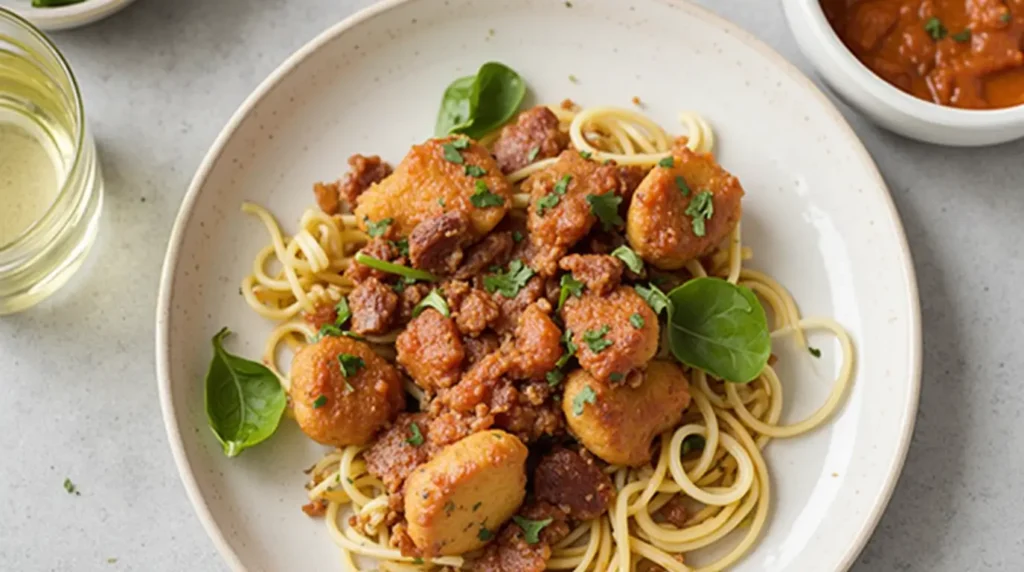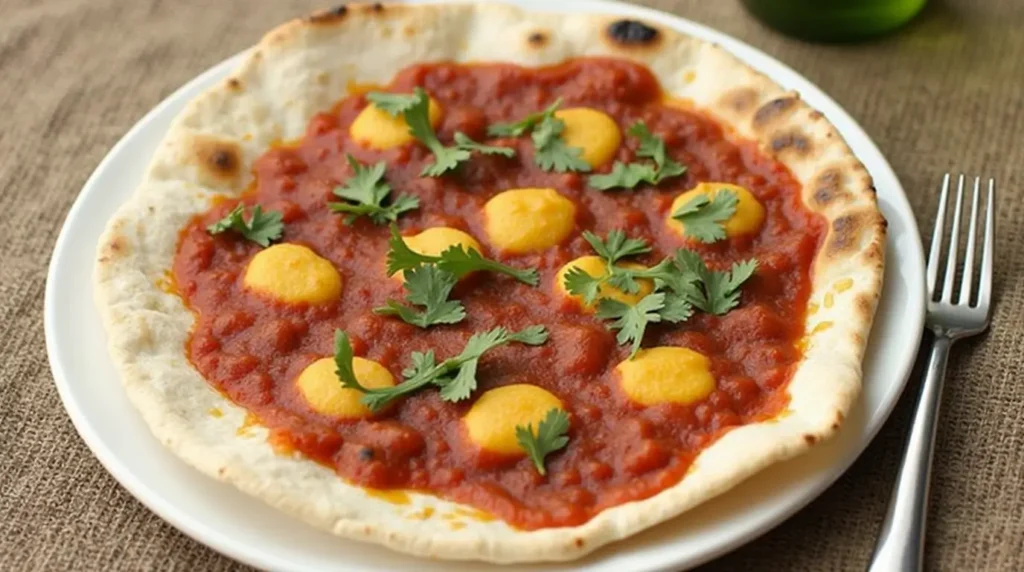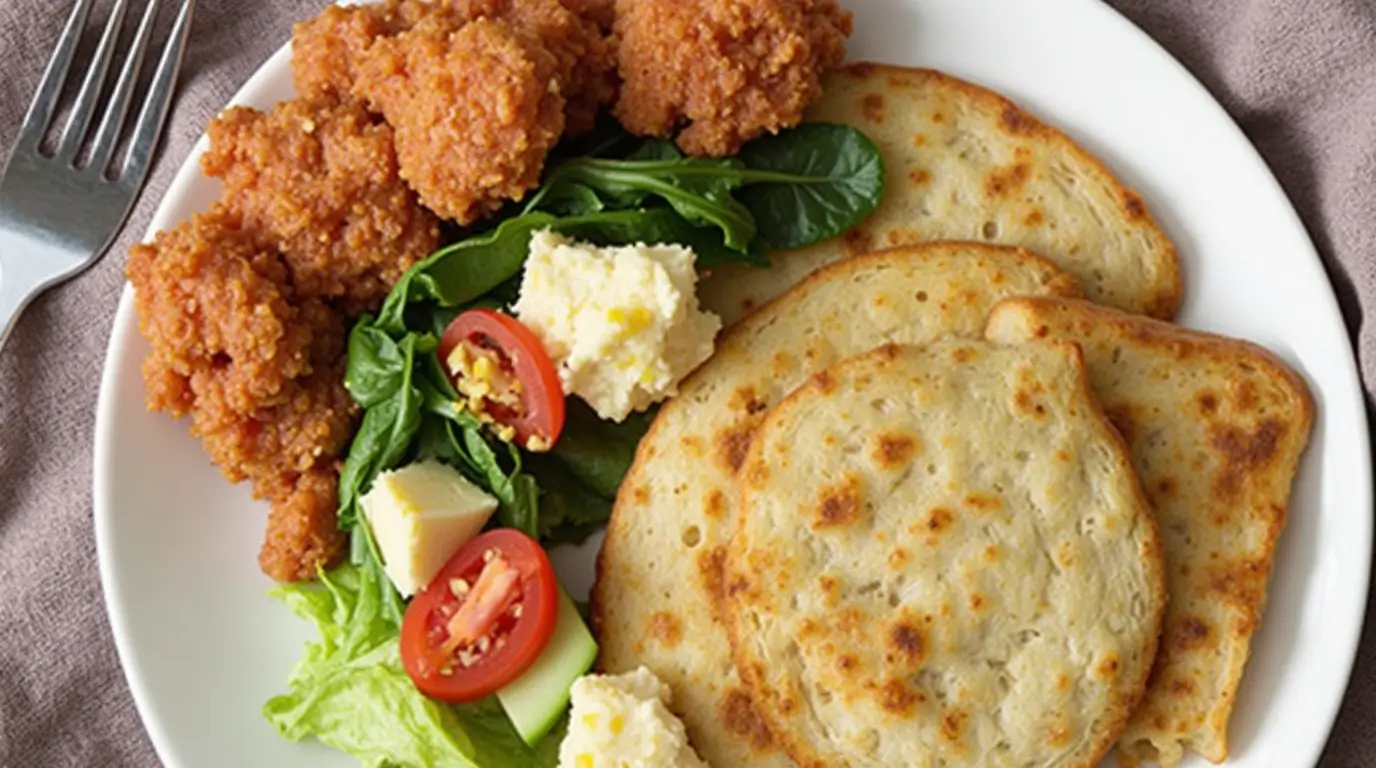Introduction
The culinary world of ancient Rome was a fascinating blend of practicality, creativity, and bold flavors. Though centuries have passed, their ingenious use of ingredients and preparation techniques continues to captivate food enthusiasts worldwide. Have you ever wondered what Romans enjoyed during their midday meals? Prepare to be surprised! In this blog, we’ll explore ancient Roman lunch recipes, their cooking methods, and the cultural significance behind their meals. By the end, you’ll be inspired to recreate a piece of history in your own kitchen.
Table of Contents

The Flavors of Ancient Rome: What Did Romans Eat for Lunch?
Lunch, or “prandium,” was a relatively light meal for Romans, falling between their small breakfast (jentaculum) and the grand evening feast (cena). The foods they consumed reflected both their agricultural lifestyle and the influence of Mediterranean trade. Here’s a closer look at what was on the menu:
1. Common Ingredients in Roman Cuisine
- Grains: Barley, spelt, and wheat were dietary staples, often used in bread and porridge.
- Legumes: Lentils, chickpeas, and broad beans were essential sources of protein.
- Fruits: Figs, dates, grapes, and apples added natural sweetness to meals.
- Vegetables: Cabbage, leeks, garlic, and onions were popular choices.
- Proteins: Eggs, fish, and small amounts of meat were common, especially among the wealthy.
- Garum: This fermented fish sauce was the star of Roman seasoning, adding a savory umami flavor to many dishes.
2. Differences Between Plebeian and Patrician Diets
While plebeians (commoners) relied on simple, hearty meals like bread, porridge, and legumes, patricians (wealthy elite) indulged in elaborate dishes made with exotic ingredients such as peacock, dormice, and flamingo tongues. However, both classes enjoyed meals rich in flavor and nutrition.
3. Mediterranean Trade and Its Influence
The Roman Empire’s vast trade network brought in spices, olives, wine, and grains from across the Mediterranean. This exchange enriched Roman cuisine, blending local and exotic flavors to create a unique culinary identity.
Must-Try Ancient Roman Lunch Recipes
Ready to transport your taste buds to ancient Rome? These recipes are a mix of simplicity and ingenuity, reflecting the Roman approach to food. Let’s dive into some of their iconic dishes:
1. Moretum (Herb Cheese Spread)
A flavorful spread made from cheese, garlic, and fresh herbs, moretum was a common part of Roman lunches. Here’s how you can make it:
Ingredients:
- 200g fresh cheese (ricotta or feta)
- 2 garlic cloves
- A handful of fresh herbs (parsley, coriander, or celery leaves)
- Olive oil
- Salt and pepper
Instructions:
- Crush the garlic in a mortar and pestle.
- Add the herbs and grind into a paste.
- Mix in the cheese and drizzle olive oil until smooth.
- Season with salt and pepper. Serve with bread or crackers.

2. Libum (Honey Cake)
This sweet treat was often offered to the gods but also enjoyed by Romans themselves.
Ingredients:
- 200g ricotta cheese
- 100g flour
- 1 egg
- 3 tbsp honey
Instructions:
- Preheat your oven to 180°C (350°F).
- Mix the cheese, flour, and egg to form a dough.
- Shape into small cakes and bake for 30 minutes.
- Drizzle with honey and serve warm.
3. Puls (Roman Porridge)
A humble yet nutritious dish, puls was a staple for plebeians.
Ingredients:
- 100g barley or wheat
- 500ml water or milk
- Salt and honey to taste
Instructions:
- Boil the barley or wheat in water/milk until soft.
- Add salt and a drizzle of honey for flavor.
- Serve as a hearty lunch or snack.
4. Isicia Omentata (Roman Burger)
A precursor to the modern hamburger, this dish is simple yet delicious.
Ingredients:
- 500g minced meat (beef or lamb)
- 1 tsp garum (or fish sauce as a substitute)
- 1 tsp black pepper
- 1 tsp pine nuts
- A handful of fresh herbs (coriander, parsley)
Instructions:
- Mix all ingredients and form into small patties.
- Cook in a pan or grill until done.
- Serve with flatbread or on its own.
Ancient Roman Cooking Methods and Tools
Roman kitchens were equipped with tools and techniques that allowed them to create flavorful meals despite their simplicity. Let’s explore how they did it:
1. Cooking Tools
- Mortar and Pestle: Essential for grinding spices, herbs, and making sauces like garum.
- Clay Ovens: Used for baking bread and roasting meats.
- Amphorae: Large containers for storing wine, oil, and garum.
2. Traditional Cooking Techniques
- Hearth Cooking: Romans cooked over open flames, using pots and pans made of bronze or clay.
- Fermentation: Key for creating garum and preserving other ingredients.
- Slow Cooking: Stews and porridges were often simmered for hours to enhance their flavors.
Surprising Facts About Ancient Roman Food Culture
Roman food culture was about more than just sustenance; it reflected their social structure, wealth, and values. Here are some surprising aspects:
1. Love for Exotic Ingredients
Wealthy Romans indulged in rare and unusual foods like flamingo tongues, ostrich, and dormice. These dishes showcased their status and sophistication.
2. Dining Customs
Meals were social events, especially for the upper class. The convivium (banquet) was an elaborate affair with multiple courses, entertainment, and reclining couches.
3. Influence of Greek Cuisine
Greek cooking heavily influenced Roman food, especially in the use of herbs, spices, and wine pairing.
Recreating Ancient Roman Recipes in Modern Kitchens
Bringing ancient Roman cuisine to life today is easier than you might think. With a few substitutions and some creativity, you can enjoy these historic flavors at home.
1. Substituting Ingredients
- Use fish sauce as a modern substitute for garum.
- Replace spelt or barley with oats or quinoa.
- Opt for ricotta or cream cheese instead of fresh Roman cheese.
2. Simplifying the Recipes
While Romans used specific tools, modern kitchen gadgets like food processors and ovens make preparation faster and easier.
3. Enjoying the Experience
Cooking these recipes is not just about taste—it’s a way to connect with history. Host a Roman-themed lunch or share your creations with friends and family.
Conclusion
The simplicity, creativity, and boldness of ancient Roman lunch recipes make them a delightful way to explore history. Whether you’re making a savory moretum or sweet libum, these dishes provide a taste of a time long past. Try recreating these recipes in your own kitchen, and let us know which one surprised your taste buds the most! Share this blog with fellow history and food lovers—and start your journey into ancient Roman cuisine today.

1 thought on “Ancient Roman Lunch Recipes That Will Surprise Your Taste Buds”